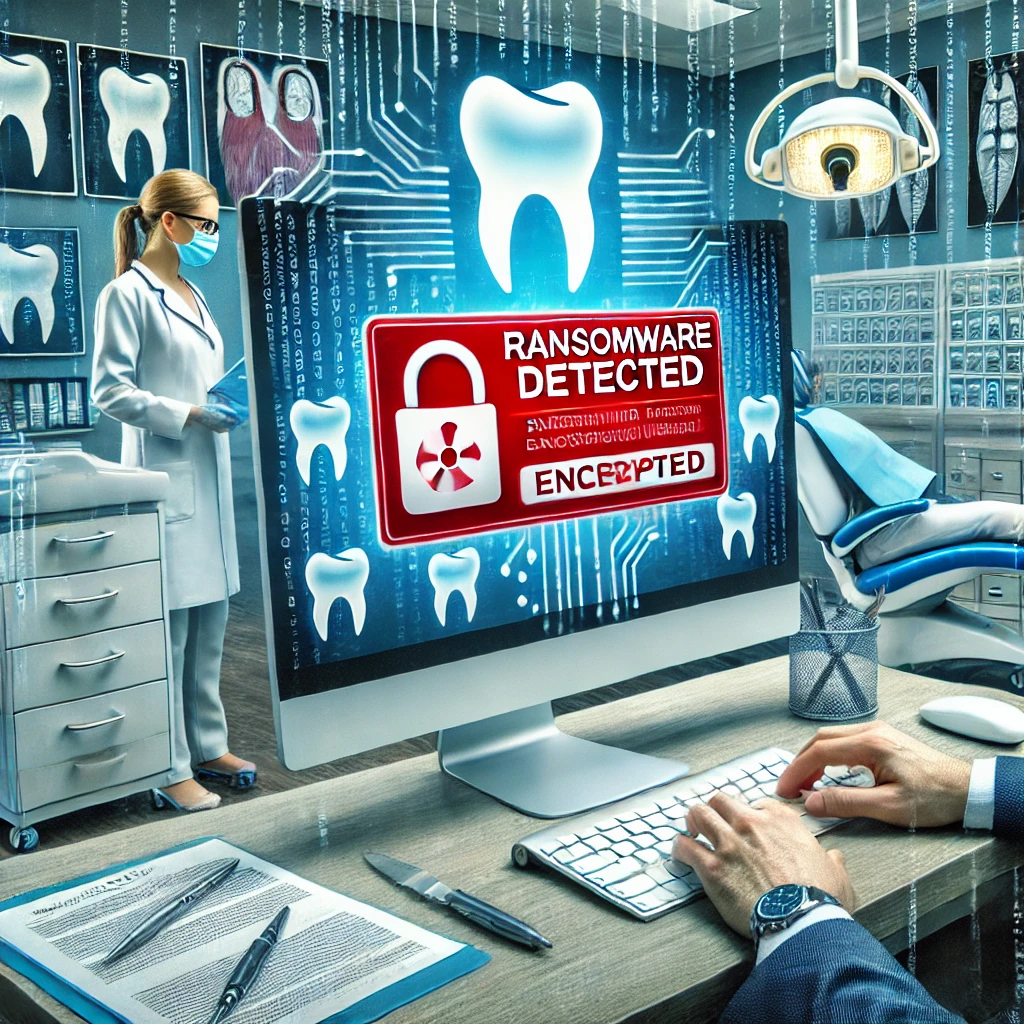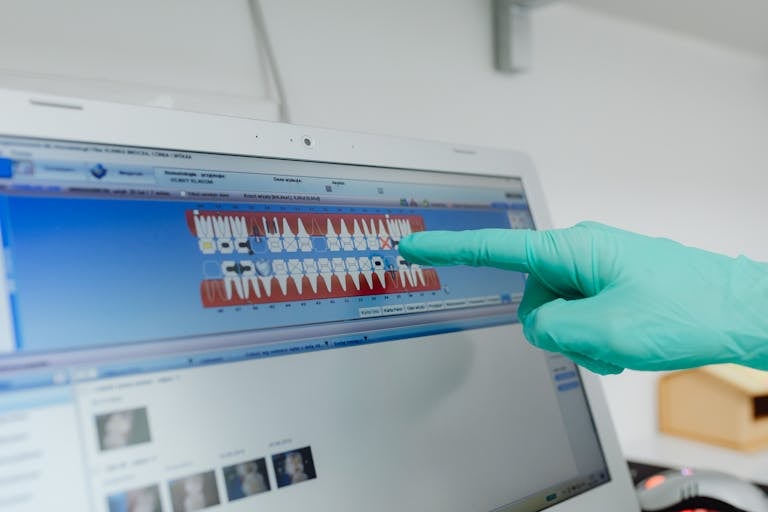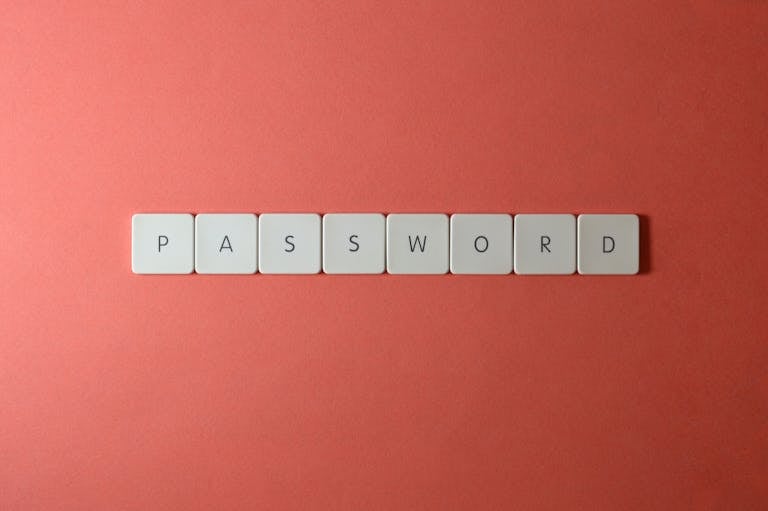The Growing Threat of Ransomware for Dental Offices
Ransomware attacks are among the most significant cybersecurity threats faced by businesses today, and dental offices are no exception. With the growing reliance on digital patient management systems, electronic health records (EHRs), and interconnected devices, dental practices are increasingly vulnerable to these malicious cyberattacks. Understanding the dangers posed by ransomware and the steps necessary to mitigate them is critical for maintaining the trust and safety of both patients and practice operations.

What is Ransomware?
Ransomware is a type of malware that encrypts the victim’s files or systems, rendering them inaccessible until a ransom is paid to the attacker. These attacks often exploit vulnerabilities such as outdated software, weak passwords, or phishing schemes targeting employees. Once inside a network, ransomware can quickly spread, causing extensive operational and financial damage.
Why are Dental Offices Targeted?
Dental practices are attractive targets for ransomware attacks due to several factors:
- Sensitive Data: Dental offices store highly sensitive patient information, including names, addresses, Social Security numbers, insurance details, and medical histories. This data is valuable to cybercriminals for identity theft and black-market sales.
- Limited IT Resources: Small to medium-sized practices often have limited budgets for cybersecurity, making them less equipped to fend off sophisticated attacks.
- Urgent Need for Access: Dental practices depend on timely access to patient records and schedules. Any disruption can lead to canceled appointments, lost revenue, and potential harm to patients.
The Impact of Ransomware Attacks
The consequences of ransomware attacks on dental offices can be devastating:
- Operational Downtime: According to a 2023 survey by the Ponemon Institute, 61% of healthcare organizations reported ransomware attacks caused disruptions lasting an average of 16 days.
- Financial Losses: The average ransom demand in 2022 was $258,000, but the total costs often exceed this amount due to downtime, data recovery efforts, and reputational damage.
- Data Breaches: If patient data is stolen and leaked, it can lead to fines for non-compliance with regulations like the Health Insurance Portability and Accountability Act (HIPAA).
- Reputational Damage: Patients may lose trust in a practice that fails to protect their data, leading to long-term declines in business.
Notable Cases
In 2022, a dental group in Colorado suffered a ransomware attack that encrypted over 50,000 patient records. Despite paying the ransom, the group faced significant delays in restoring operations and spent months rebuilding their cybersecurity defenses. This incident underscores the challenges of recovering from such attacks, even after the ransom is paid.
How to Protect Your Dental Practice
- Regular Software Updates: Ensure all systems, including EHRs and practice management software, are up to date with the latest security patches.
- Employee Training: Conduct regular training sessions to educate staff about phishing schemes, suspicious email attachments, and safe browsing habits.
- Data Backups: Implement secure, frequent backups of critical data. Store backups offline to prevent them from being compromised during an attack.
- Endpoint Security: Deploy robust antivirus and anti-malware solutions on all devices used within the practice.
- Access Controls: Use strong passwords, enable multi-factor authentication (MFA), and limit access to sensitive systems to authorized personnel only.
- Incident Response Plan: Develop and regularly update a plan for responding to cyberattacks. Include steps for isolating infected systems, contacting IT support, and notifying authorities.
The Role of Cyber Insurance
Many dental offices are turning to cyber insurance policies to mitigate the financial risks associated with ransomware attacks. These policies can help cover ransom payments, data recovery costs, and legal fees related to HIPAA compliance.
Conclusion
Ransomware poses a serious threat to dental offices, but with proactive measures, practices can significantly reduce their risk. By investing in cybersecurity, training employees, and planning for potential incidents, dental practices can safeguard their operations and maintain the trust of their patients in an increasingly digital world. As the saying goes, “Prevention is better than cure” — and this couldn’t be more true in the fight against ransomware.








